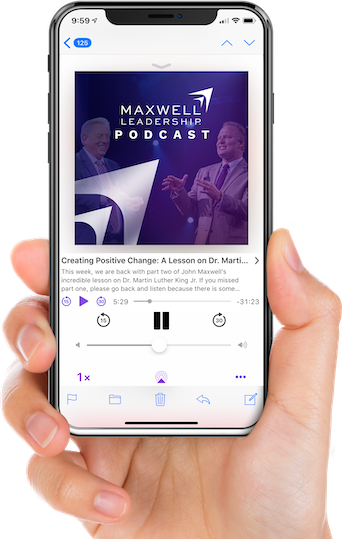How Stay Interviews Help Retain Your Best Employees

It costs your company from one to three times a good employee’s salary to replace him or her.
According to Life Work Solutions, one in four new employees will leave a company within their first six months. Over 50 percent will leave within their first two years. The time and effort required to replace these employees can be devastating to a company, not to mention the loss of production in their absence
Your company can do something about it. One of the most effective ways to avoid losing good employees is to use “stay interviews.” The practice is gaining ground amongst HR leaders as a preventive move to keep employer and employee connected.
Susan Seip, a human resources manager at Geocent, says, “Stay interviews encourage managers to sit down and have a structured talk with their teams about what works and what doesn’t work for them..
Stay interviews are not meant to replace exit interview. They’re meant help your managers keep good employees and reduce the number of exit interviews you need to do. If an exit interview is meant to find out why an employee has already decided to leave your company, stay interviews are meant to find out what changes you might be able to make to reduce the turnover of good employees.
Webroot Software HR Director Melanie Williams contrasts the difference in stay interviews as opposed to engagement surveys: “We’ve gotten feedback from every individual in the organization . We had a 64 percent response to our engagement survey.”
The Society for Human Resources Management gives examples of some questions that may be helpful to ask employees in stay interviews:
- What do you look forward to when you come to work each day?
- What do you like most or least about working here?
- What keeps you working here?
- If you could change something about your job, what would that be?
- What would make your job more satisfying?
- How do you like to be recognized?
- What talents are not being used in your current role?
- What would you like to learn here?
- What motivates (or demotivates) you?
- What can I do to best support you?
- What can I do more of or less of as your manager?
- What might tempt you to leave?
Many of these questions are open ended and invite discussion, thus potentially creating challenges for HR directors. Monster.com says of these issues: “Sometimes requests uncover unpleasant truths, such as bad feelings toward executive management, or employees that don’t know about career paths because they’ve never logged into the HR portal.”
So, challenges are to be expected in this process, but the reward of keeping your good employees far outweighs the cost of losing them.
If your team leaders are new to the stay interview process, here are some practical tips to share with them:
- Start with the employees who have been at your company the longest: If you want to know what will make good employees stay with your company, start by finding out what has caused you current tenured employees to stay.
- Target your most productive employees early: If these are the ones you most want to retain, these are the ones from which you are most interested in getting feedback.
- Conduct stay interviews at least once a year: Doing this will allow you to see how concerns from previous years have been addressed. You will also be able to see what new concerns may have arisen over the past year.
From an HR perspective, stay interviews can improve overall morale by showing employees that management cares about the happiness of its workers. Stay interviews have become an efficient, practical way to help retain good employees.
They let both HR directors and c-suite leaders track employee relations and morale, as well as revealing areas where the business can improve. They help you keep the talent you already have before you lose them to the competition.
REFERENCES
More Articles

10 Practical Ways to Improve Your Listening as a Leader

Communicating with Clarity – A Leadership Development Game Changer









Be the first to comment on "How Stay Interviews Help Retain Your Best Employees"